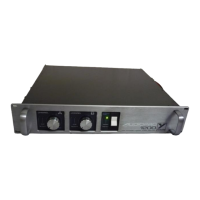
Do you have a question about the YORKVILLE AudioPro AP1200 and is the answer not in the manual?
| Power Output | 1200 Watts |
|---|---|
| Channels | 2 |
| Power (Watts) | 1200 |
| Input Impedance | 20 kOhms Balanced, 10 kOhms Unbalanced |
| Signal to Noise Ratio | > 100 dB |
| Cooling | Variable Speed Fan |
| Frequency Response | 20 Hz - 20 kHz |
| Input Sensitivity | 1.4V for full output |
| THD | < 0.1% |
| Protection | Thermal, short circuit, DC, overload |
| Dimensions | 19" x 3.5" x 14.5" |
| Damping Factor | >200 |
| Power Output (2 Ohms) | 1200 Watts |
Cautionary advice regarding electric shock, opening the unit, and qualified servicing.
Guidelines for power sources, cord usage, and unit operation to prevent hazards.
Introduction to the Yorkville AP1200 amplifier, its design philosophy, and key features.
Details on using XLR and 1/4" PHONE jacks for balanced and unbalanced audio signals.
Method for achieving balanced performance with unbalanced audio sources.
Explanation of the ground strap's role in disconnecting chassis ground and troubleshooting hum.
Description of mono, stereo, and bridged mono operation modes, signal routing, and load connections.
Functionality of the subsonic filter for low-frequency response and the limiter for dynamic range control.
Details on the PROTECT LED, short circuit, and DC protection mechanisms for speaker safety.
How thermal protection operates and the amplifier's cooling fan system and airflow.
Clip LED indicators and details on the factory 2 Ohm configuration and optional 4 Ohm modification.
Information on MOSFETs, multiple supply voltages, and the proprietary output section design.
Comparison of AP1200's analog performance against digital switching amplifiers.
How the AP1200 manages power draw and Yorkville's commitment to unit reliability.
Use cases for the AP1200, including touring, sound reinforcement, and studio monitoring.
Measured THD figures across different frequencies and load impedances.
Detailed power output figures for different configurations, loads, and measurement types.
Input impedance, sensitivity, frequency response, slew rate, efficiency, and protection features.
Front panel controls, displays, unit dimensions, weight, and power consumption.



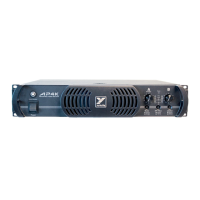
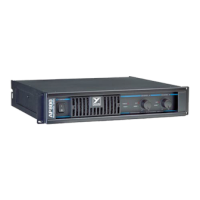


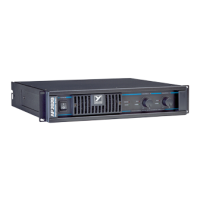
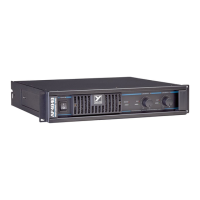
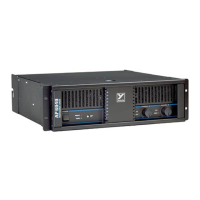
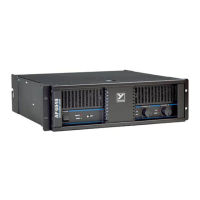
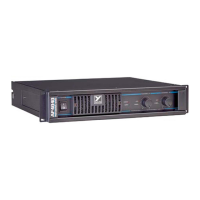
